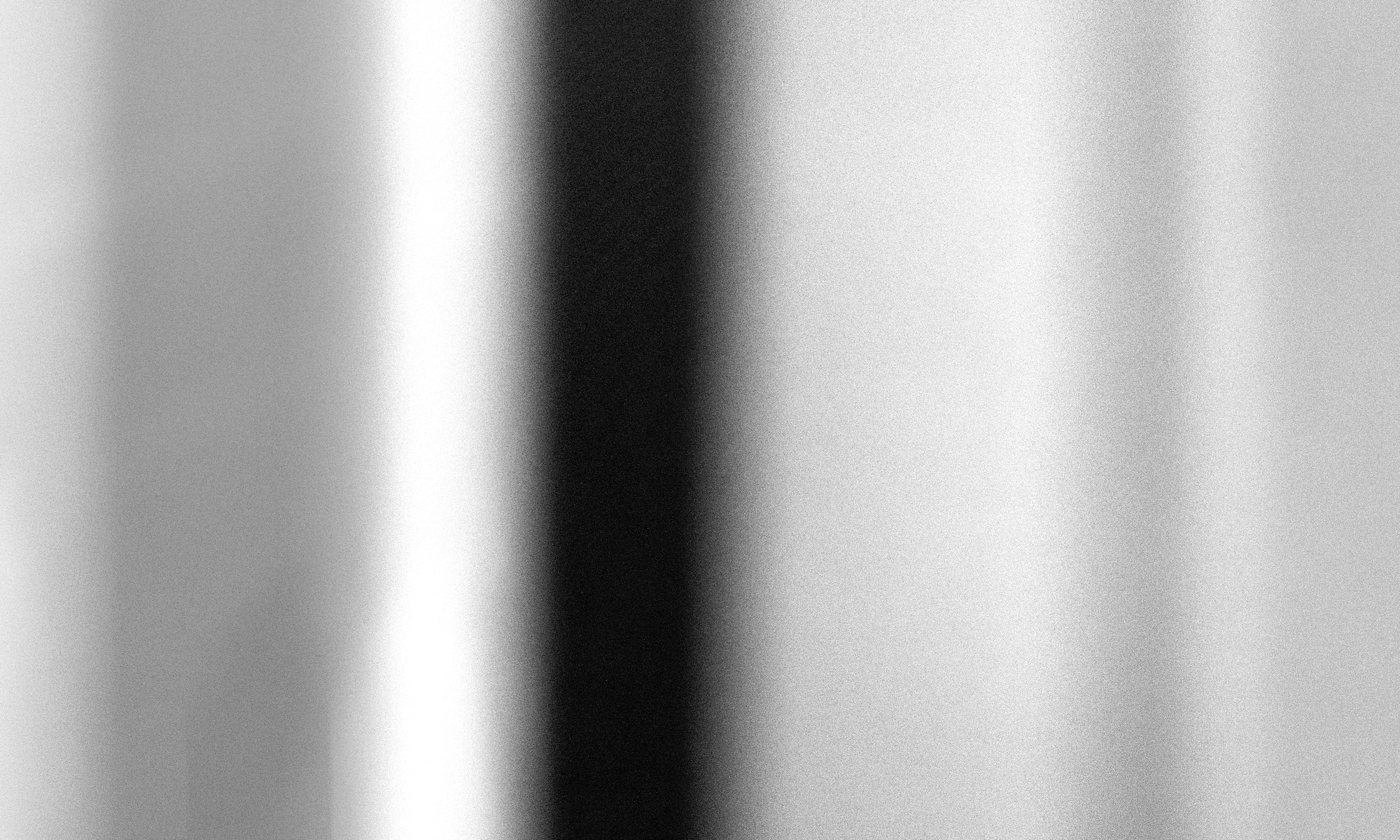The independent reflection task for this week asks us to consider whether our practice may or may not be seen as adhering to a specific ideology. In the creative process, ideology will influence both the production of our work (through the intent that informs the work, and the conceptual frameworks that underpin this) and its interpretation (through the systems of ideas that inform our audience in their reading and the contexts within which they encounter our images). The means by which our work is circulated and reaches an audience (via social media, or the gallery system, for instance) is also shaped by ideology. For instance, we produce and distribute our work in a period that is politically and economically grounded in neo-liberalism and increasingly subject to the push and pull of popularism, which will influence the nature of the means of distribution and the value attributed to the work in different contexts and by different groups and communities. Whilst recognition that production, consumption and circulation of photographic images is ideologically infused is necessary, we can adopt a critical or oppositional position in our work. In doing so, it is important to be clear that this will involve contestation: we need to have a sense of what we stand for and what we stand against, and the consequences of this. My own work seeks to create or provoke different ways of thinking about social and environmental phenomena. It is inherently critical of both current practices in urban regeneration (adopting the view, as expressed by Jane Jacobs, 1961, that ‘Cities have the capability of providing something for everybody, only because, and only when, they are created by everybody’) and some forms of contemporary theory and discourse in the arts (through, for instance, critical engagement with the idea of the anthropocene (see Demos, 2017), and the influence of object oriented ontology, (see, for instance, Harman, 2010, and critical commentary by Lemke, 2017.) How this impacts on the reception and reading of this work depends on the form of the audience and the context of engagement. Whilst the work is theoretically informed, and positioned, engagement with theory is not a prerequisite for reading and understanding the work. The work is intended to be accessible to anyone interested in issues relating to community involvement in urban regeneration and those interested in contemporary arts. The ensuing dialogue, in turn, leads to further development of the work.
Power relations are inherent in all levels of the work, from initial engagement with communities through to the circulation of the work, as is the commitment to ethical practice. I will expand on this, and how my practice relates to other practice and theory in the visual arts, in subsequent discussion of the development of my project and my work in progress portfolio, which will focus on the more political aspects of the regeneration project and more experimental form of photography.
References
Demos, T. J. 2017. Against the Anthropocene: Visual Culture and Environment Today. Berlin: Sternberg Press.
Harman, G. 2010. Towards speculative realism: Essays and lectures. Winchester: Zero Books.
Jacobs, J. 1961. The Death and Life of Great American Cities. New York: Random House.
Lemke, Thomas. 2017. Materialism Without Matter: The Recurrence of Subjectivism in Object-Oriented Ontology. Distinktion: Journal of Social Theory. 18: 133-152.
